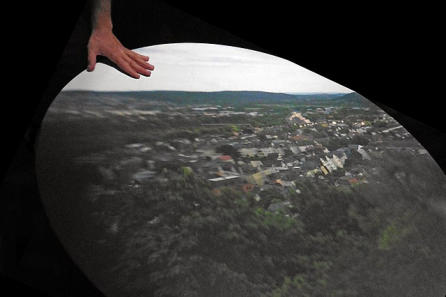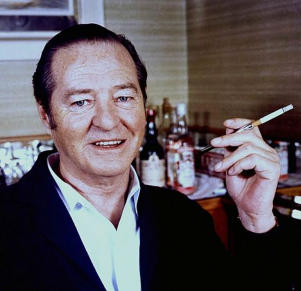
Programme 2022
10th March 2022 7.30pm
James Wright
Busting Medieval Myths
I thought that I ought to give you some advance notice that the Speaker for our March Lecture
has changed from Annelie Talent to James Wright because Annelie cannot come to us for
family reasons. Annelie has been rebooked for May 2023. James Wright is coming to us again
from Nottingham at short notice.
Many of you will remember the lecture he gave us under similar circumstances in June 2019:
“The story of the masons, carpenters, cooks, clerks, servants, stable-hands and lower status
visitors to great castles.” This was incredibly interesting and well received; we later rated it as
Outstanding.
In his Busting Medieval Building Myths, James will look at some ten common myths about
medieval buildings and discuss how they arose, and give us the correct answers, insofar as
they are known.
14th April 2022
Neil Faulkner
Dickens, Lawrence & Zhivago. David Lean’s Art of Cinema
Cinematic images are modern art forms. In the ‘golden age’ of cinema – before the
development of CGI technology – film-makers had to construct sets to represent landscapes,
townscapes, and interiors. Sometimes they used paintings and photographs, sometimes they
built scale models, sometimes they constructed full-size replicas. In each case, they created
an art installation they then captured in celluloid images.
Drawing on new insights from the archaeology of cinema, this lecture will use the films of
renowned British director David Lean to explore the art of cinema. How do the ‘artists’ – in this
case formed of large collaborative teams (directors, screenwriters, production designers,
costume designers, camera crews, fixers, etc) – choose locations, construct sets, dress actors,
and, more generally, ‘imagine’ the world they seek to represent? How much is authentic, and
how much preconception and prejudice? What are the influences on the way the cinema
depicts the world?
12th May 2022
Rupert Dickens
Through a Glass Darkly-Vermeer & The Camera Obscura
The tranquil and meditative paintings of Johannes Vermeer are among the best-loved artworks
in the world. Relatively little is known about the
master from Delft but that has not deterred a torrent
of publications about him, both fictional and scholarly.
One of the most hotly debated topics in Vermeer
literature is his supposed use of the camera obscura.
We will tackle this controversy head on by
investigating the history of optical devices in art and
examining the latest theories on Vermeer’s technique.
It will be a great opportunity to look at Vermeer’s
beguiling body of work afresh through a different
lens.
Camera Obscura Photo: Heinrich Stürzl
9th June 2022
John Benjamin
At the Sign of the Falcon:The Life & Works of Harry Murphy Goldsmith, Silversmith &
Unique Englishman
H G Murphy’s greatest misfortune was to die just before the start of the Second World War.
The designs and inspirations of the pre-war era were simply seen as passé and totally out of
keeping with the new spirit of modernism which quickly grew after the Festival of Britain in
1951.
Harry Murphy served his apprenticeship under Henry Wilson, probably Britain’s greatest
designer goldsmith of the Arts and Crafts era. Here he learnt a wide range of skills and
techniques including enamelling, gem-setting and polishing, niello, engraving and hammering.
From 1928 until his death in 1939 he worked from retail premises
in Marylebone, London, known as the Falcon Studio where he
designed and created a prodigious amount of silverware for the
corporate, civic and private sectors as well as some truly startling
gold, silver and enamel jewellery inspired by nature, architecture,
the Ballet Russes and the vibrancy of the Jazz Age.
8th September 2022
Peter Ross
Shakespeare’s First Folio 1623
How was one of the most important books in the English Language created by Shakespeare’s
friends and fellow actors seven years after his death? How was the book put together, what











